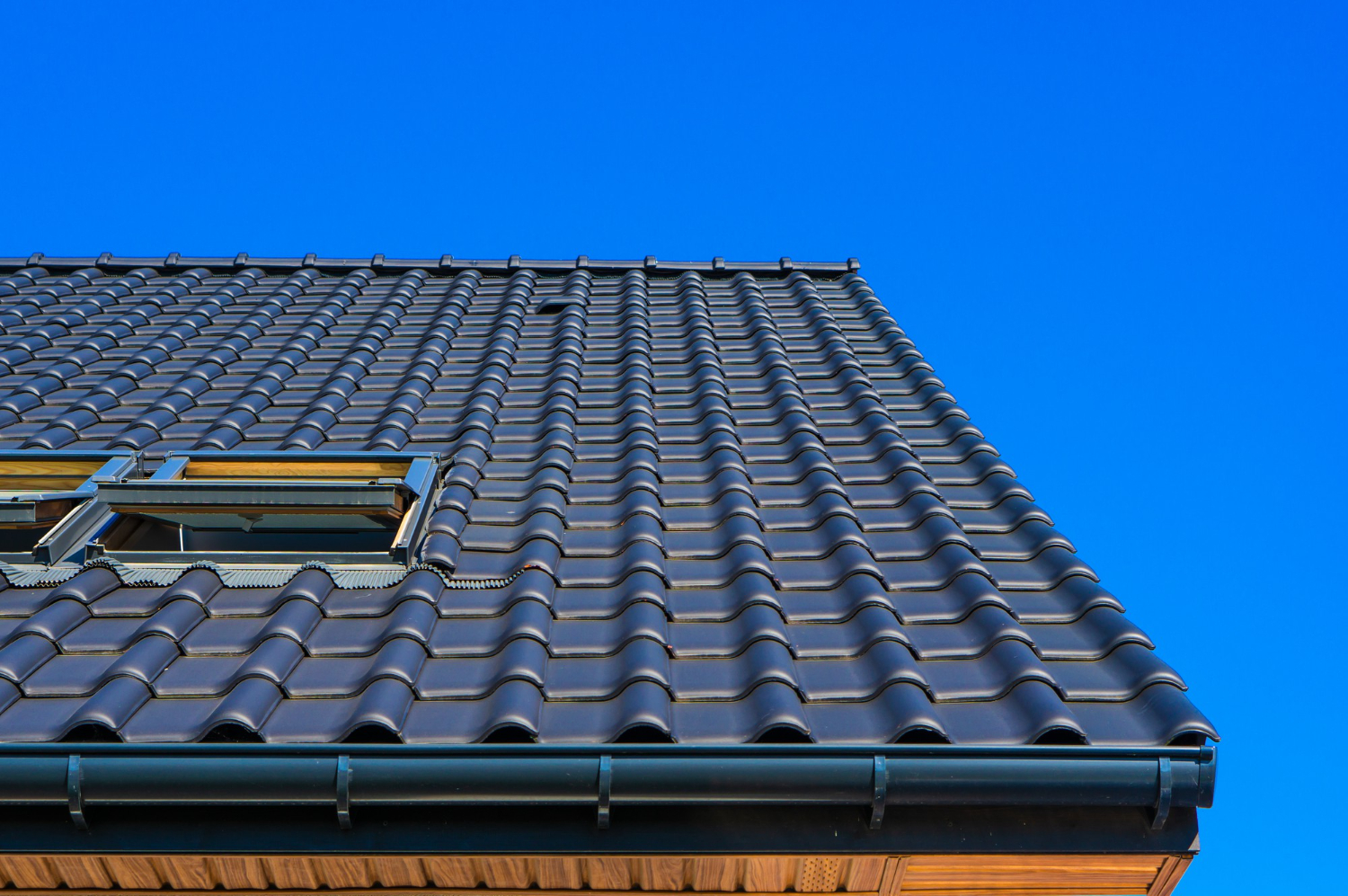
06 Aug
Tile Roof Repair Techniques
Keeping a tile roof in good condition is crucial for maintaining the durability, aesthetic appeal, and longevity of your home. Addressing minor issues like small cracks or missing tiles quickly can save homeowners from expensive repairs and extend the life of their roof. Regular maintenance, such as biannual inspections in the spring and fall, helps catch potential problems early and ensures long-lasting protection against the elements.
Materials are also key to successful tile roof repair. Utilizing high-quality roofing sealant for cracks and matching replacement tiles can maintain the roof’s integrity and visual consistency. Specialized tools like flat pry bars and roofing hammers make it easier to perform repairs without damaging the surrounding tiles.
Cost is an important consideration, as timely repairs can prevent more severe damage that would be more expensive to fix. Learning some basic DIY techniques can empower homeowners to handle minor repairs themselves, saving both time and money.
Assessing Tile Roof Damage
Understanding how to assess damage on a tile roof is crucial for maintaining the roof’s integrity and preventing further issues. This involves regular inspections and recognizing signs of common tile problems such as cracks, missing tiles, and damaged flashing.
Conducting Thorough Inspections
Regular inspections are key to catching problems early. They should be done at least twice a year, ideally in spring and fall. Start by carefully walking the roof, paying attention to any signs of damage.
Use a checklist as you inspect:
- Cracked Tiles: Small cracks can lead to bigger issues if not addressed promptly.
- Missing Tiles: Missing tiles expose the underlayment and can cause leaks.
- Loose Flashing: This can allow water to seep in and cause structural issues.
Professional tile roofers in Los Angeles have the expertise and tools to conduct detailed inspections. When unsure of the extent of the damage or if extensive damage is observed, consulting a licensed roofing professional is advisable.
Identifying Common Tile Damage
Cracked and Broken Tiles: Cracks often result from impacts or weather conditions like hail or wind. Over time, even small cracks can lead to significant leaks.
Missing Tiles: Wind and heavy rain can dislodge tiles. Missing tiles need immediate replacement to prevent water damage.
Damaged Flashing: Flashing around vents and chimneys can become loose or damaged. Damaged flashing is a common source of leaks.
Debris Accumulation: Leaves and dirt can clog gutters, which might lead to water pooling on the roof and eventually causing leaks and structural damage.
By understanding these common issues, homeowners can prevent minor problems from escalating into extensive damage. Regular maintenance and prompt repairs are essential.
Repairing Damage and Restoring Integrity
Restoring the integrity of a tile roof involves replacing damaged tiles, addressing weather-related damage, and ensuring proper sealing to prevent future issues.
Replacing Broken and Missing Tiles
Replacing broken or missing tiles is vital to maintaining a roof’s integrity. Homeowners should start with a comprehensive roof inspection, identifying any cracks or missing tiles. Tools like a pry bar, crowbar, and hammer are essential for removing damaged tiles safely.
When removing a cracked tile, carefully lift the tile above it using the pry bar. Use the hammer to remove the nails securing the damaged tile. Once removed, replace it with a matching type, whether clay, concrete, or slate. Ensure new tiles are secured with quality roofing nails to prevent displacement and seal any gaps with roofing cement.
Addressing Weather and Water Damage
Weather and water damage can pose significant risks to tile roofs. Regular inspections help in detecting issues such as cracked tiles, moss, algae, and clogged gutters. Address visible signs of aging, like discoloration and moss growth, as they can lead to water damage.
Remove moss and algae using a mild bleach solution and a soft brush to avoid damaging the tiles. If water damage is apparent, check the condition of flashing and sealant around joints and eaves. Reinforce these areas with new flashing or sealant as needed. During heavy rain, ensure gutters and downspouts are clear of debris to prevent water backup that could lead to more serious damage.
Sealing and Weatherproofing
Sealing and weatherproofing are crucial to protect and extend the life of a tile roof. Apply roofing cement and caulk to any gaps or cracks. Use a caulk gun to ensure precise application. For larger gaps, metal flashing might be required.
Professional assistance may be necessary for extensive sealing work, particularly where the roof meets the eaves. Protect exposed roof areas with a high-quality weatherproof sealant to prevent water infiltration. Regular application of sealant helps maintain energy efficiency and weather resistance, providing long-term protection.
Periodic inspections and maintenance are key in keeping the roof in optimal condition, ensuring both beauty and functionality.

